
Know your weeds, herbicides for effective control, minimal resistance.
Herbicide resistance is costly and difficult to control. Once herbicide-resistant weeds are in your fields, they necessitate major changes in crop management and continued vigilance so they won’t return. Understanding herbicide resistance is a good first step in employing management strategies to prevent the conditions conducive to its development.
Though glyphosate resistance covers many of the headlines today — with 15 weed species confirmed to be resistant to the common herbicide in the last two decades in the U.S. — weeds can develop resistance to any product or mode of action (MOA), especially if that chemical is not applied according to label specifications. In recent years, weeds like waterhemp, Palmer amaranth and kochia have developed resistance to multiple herbicides, raising alarm for farmers and chemical applicators to become more vigilant about weed control.
A strong weed control strategy in your fields starts with a comprehensive understanding of its causes and mechanics. Here are five important things to think about when diagnosing the efficacy of your weed control strategy.
1. Susceptibility, tolerance and resistance
Though no weed is desirable, if you have them, you want them to be susceptible. Herbicide susceptibility, according to North Carolina State University Extension Pesticide Safety Education Specialist Wayne Buhler, is defined as “the degree to which a plant is subject to injury or death due to a particular herbicide.”
Herbicide-tolerant weeds are less susceptible but can be managed by the right herbicides, unlike resistant ones, which have adapted and have no susceptibility. Knowing whether you’re facing tolerance or resistance will go a long way to determining the changes necessary to restore effective weed management.
“Herbicide resistance causes changes in the composition of the population because of resistant biotypes,” Buhler said. “At very low frequencies in the weed population, resistant biotypes build up when the herbicide to which those individuals are resistant is used repeatedly.”
2. Herbicide modes of action
Repeated successive applications of the same chemical — or different products with the same mode of action (MOA) — is a common cause of developing herbicide tolerance and resistance in weeds. Knowing the MOA of what you’re applying is important to a strong weed control strategy. If you detect you have weeds that are developing a tolerance to what you’re applying, knowing its MOA is the first step to determining how you can adjust your strategy to integrate a different MOA and sustain overall control.
“Mode of action describes the plant processes affected by the herbicide, or the entire sequence of events that results in death of susceptible plants. It includes absorption, translocation, metabolism and interaction at the site of action. Target site of action or mechanism of action is the exact location of inhibition, such as interfering with the activity of an enzyme within a metabolic pathway,” Buhler said. “Herbicides are organized by families that share a common chemical structure and express similar herbicidal activity on plants. Of the hundreds of different herbicides on the market today, many of them work in exactly the same way or, in other words, have the same mechanism of action. Fewer than 30 plant-growth mechanisms are affected by current herbicides.”
3. Different resistance types
In some cases, weeds may have developed resistance to more than one MOA. Both multiple-resistance and cross-resistance are a result of weed plants adapting to different weed control strategies that lose efficacy over time.
“Multiple-resistance is the phenomenon in which a weed is resistant to two or more herbicides having different mechanisms of action. Multiple-resistance can happen if an herbicide is used until a weed population displays resistance and then another herbicide is used repeatedly and the same weed population also becomes resistant to the second herbicide, and so on. Multiple-resistance can also occur through the transfer of pollen between sexually compatible individuals that are carrying different resistant genes,” Buhler said.
“Cross-resistance occurs when the genetic trait that made the weed population resistant to one herbicide also makes it resistant to other herbicides with the same mechanism of action. Cross-resistance is more common than multiple-resistance, but multiple resistance is potentially of greater concern because it reduces the number of herbicides that can be used to control the weed in question.”
4. Potential weed population shifts
No field has just one invasive species. Knowing the mix of weed pressures you face, how that mix changes over time, and the overall herbicide susceptibility of those weeds can help determine the most effective chemical to apply. Often, that decision is a moving target, making it important to continue monitoring how weed populations ebb and flow.
“A weed population shift is a change over time in the relative abundance of the species comprising a weed population. With the repeated use of an herbicide, certain species may become dominant due to selection for those that are tolerant. In some cases, weed shifts can also occur when a ‘low’ rate is used repeatedly and more difficult to control species may become dominant. These populations are not herbicide resistant,” Buhler said. “For example, say Species A and Species B are susceptible to a particular herbicide while Species C is tolerant of that herbicide. Species A and Species B both originally comprise 49% of the population while Species C makes up only 2% of the population. With repeated use of that particular herbicide, the percentage of the population comprised of Species A and Species B decreases over time while Species C makes up a greater percentage of the population.”
5. Machinery’s role in herbicide-resistant weeds
On top of the chemical and genetic bases for developing herbicide resistance in invasive plants, there’s also a mechanical component. Things like the order in which fields are treated can create resistance issues. That’s why it’s important to know where you face the highest resistance potential, as sometimes the movement of plant materials from field-to-field can help resistance develop faster.
“If the resistant weed is confined to relatively small areas, take steps to prevent seed production. If the weed is still small enough to control with other herbicides, treat the affected spots. Do not let resistant weeds go to seed,” Buhler said. “Avoid moving seed or vegetative propagules to other fields and farms. Use a power washer or compressed air to help remove seed and plant parts from any equipment used in the field. If any fields have a history of herbicide-resistant weeds, use farm equipment in those fields last.”
Manage to prevent resistance
There are a few key steps to reducing the likelihood that weeds in your fields will develop herbicide resistance. First and foremost, rotating herbicides with different modes of action will prevent weeds from developing tolerance, and later resistance. Sometimes, though, that’s easier said than done. If a specific herbicide offers strong broad-spectrum or residual control, it may not be feasible to switch to another product. If that’s the case, resistance can be prevented by timing applications differently.
“In many cases the herbicide continues to work on a large number of weeds and is still the best choice for overall weed control. If the decision is made to continue using the herbicide, there are several options. Use proactive weed control (pre-plant or pre-emergence) with an herbicide tank mixture or pre-pack having at least one mechanism of action that is known to control the resistant weed,” Buhler said. “Use post-emergence herbicides only in tank mixtures or pre-packs with at least one mechanism of action that is known to control the resistant weed. Any of these options provides at least one additional MOA that will help to prevent further spread of the resistant weed. In addition, other weed control tools should be used to complement the MOA that is still active on the resistant weed so that undue selection pressure is not placed on the additional MOA.”
Have more questions about managing your chemical applications? Learn more on our Ask the Application Specialists page.





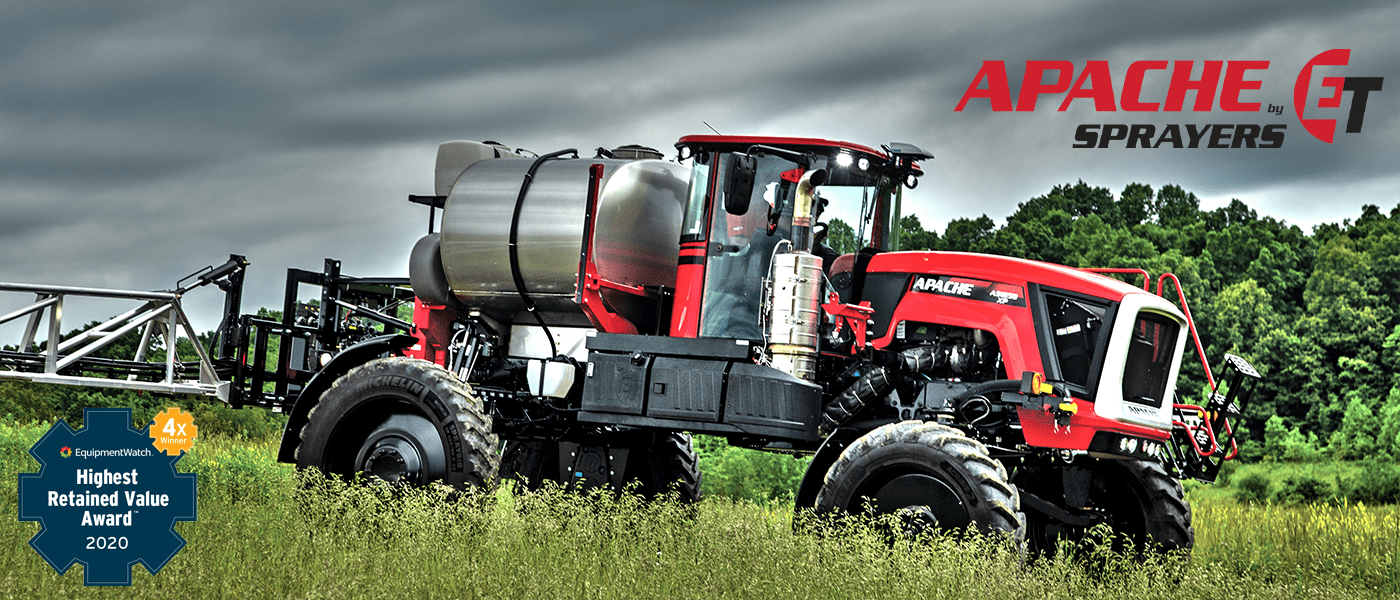
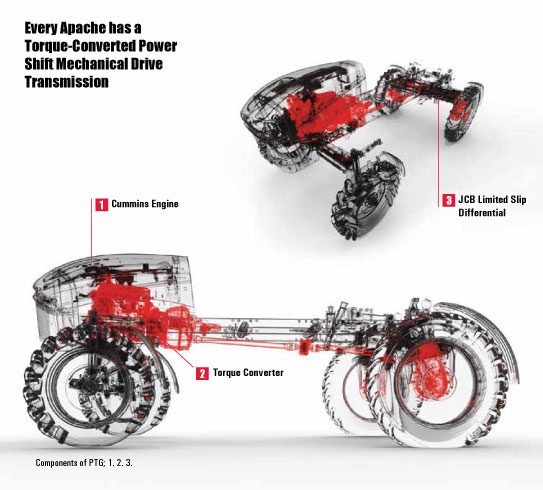
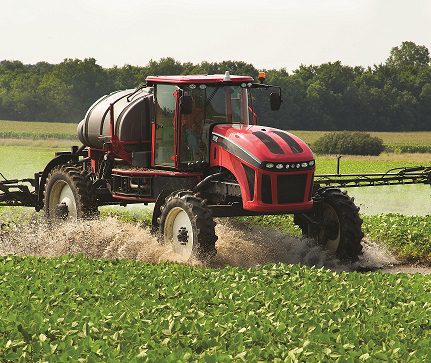
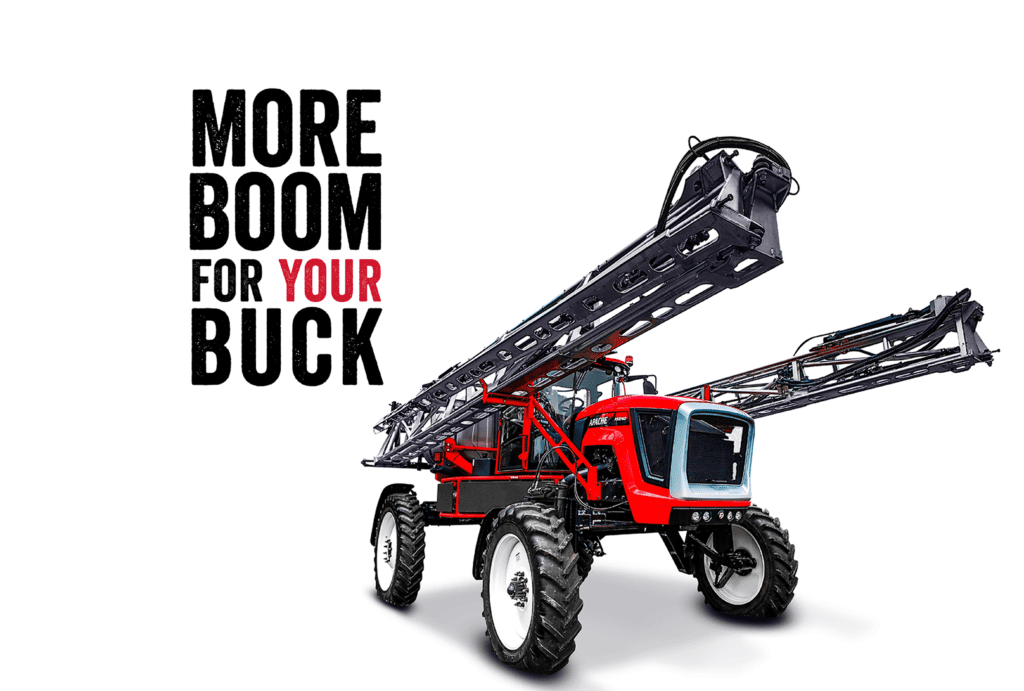

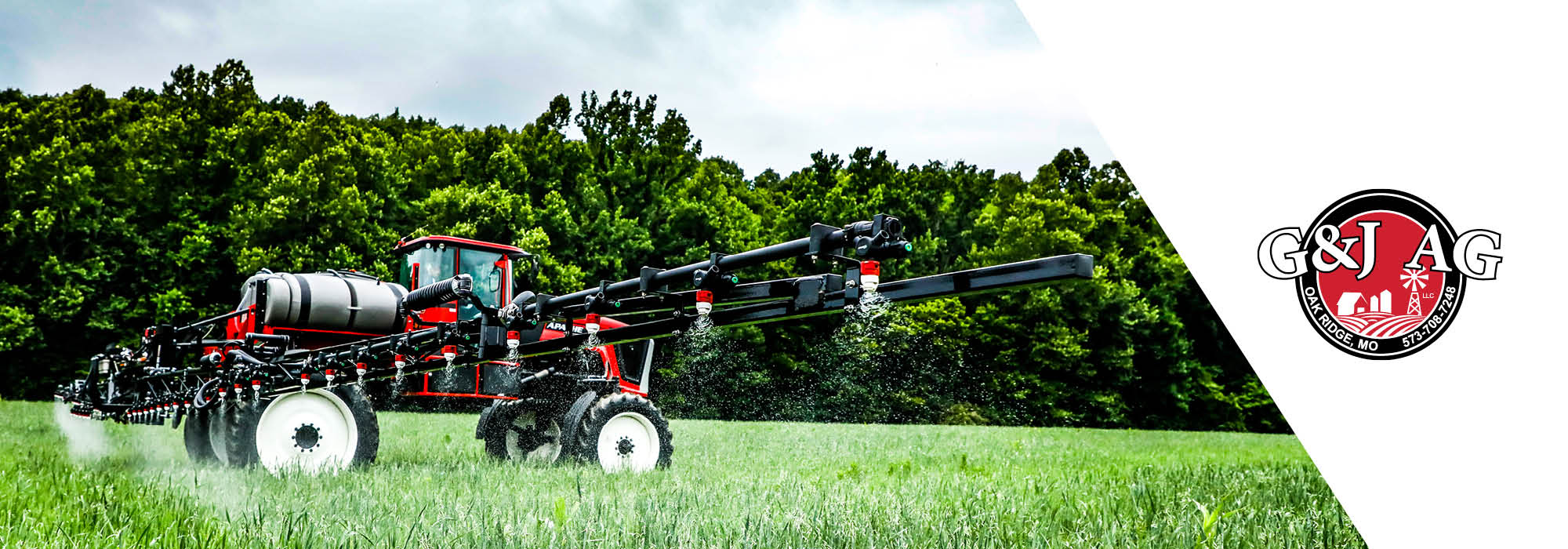
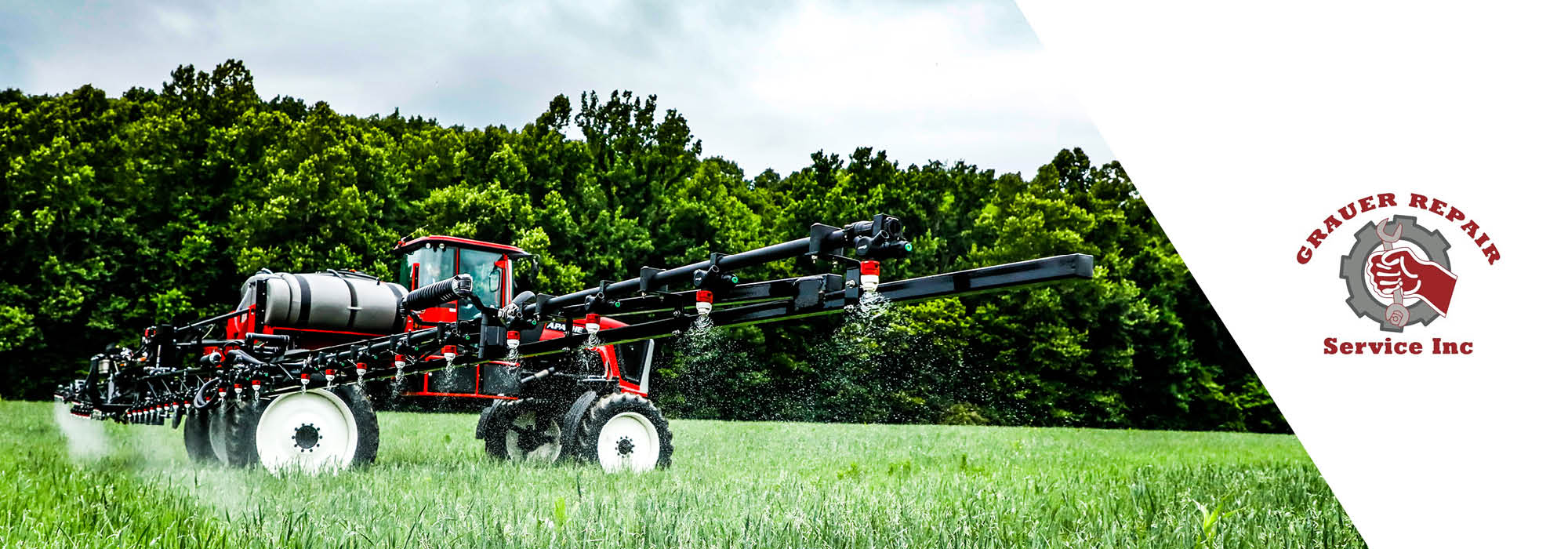
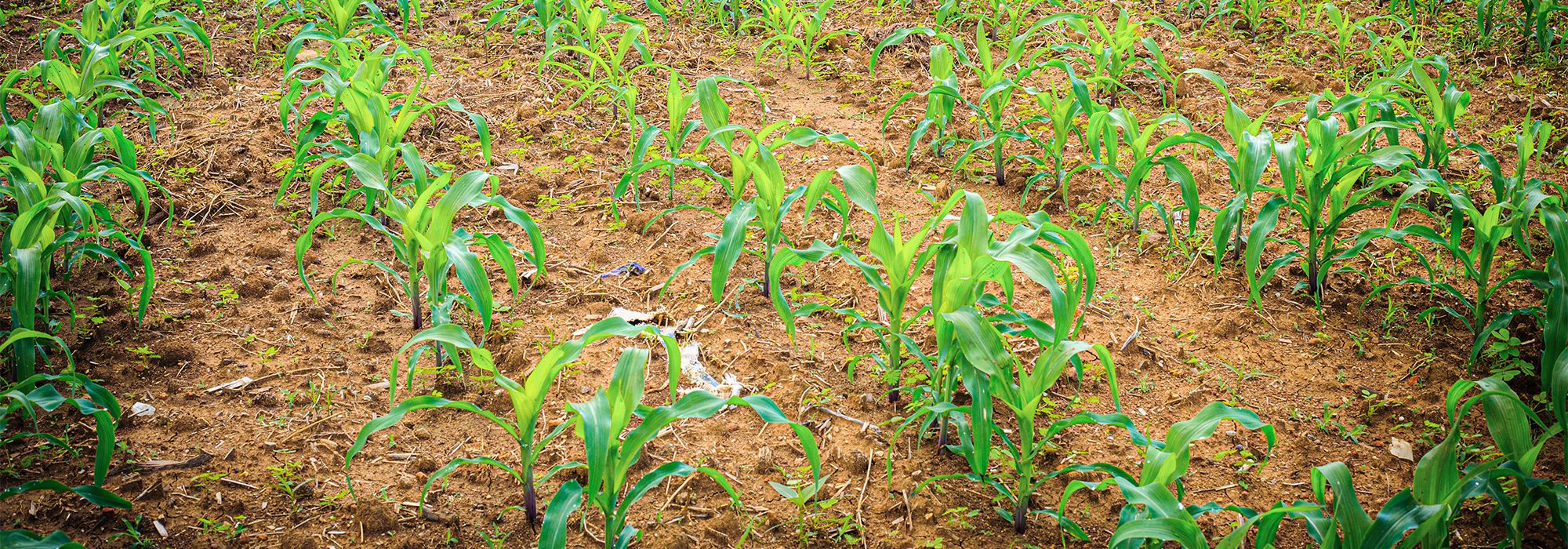
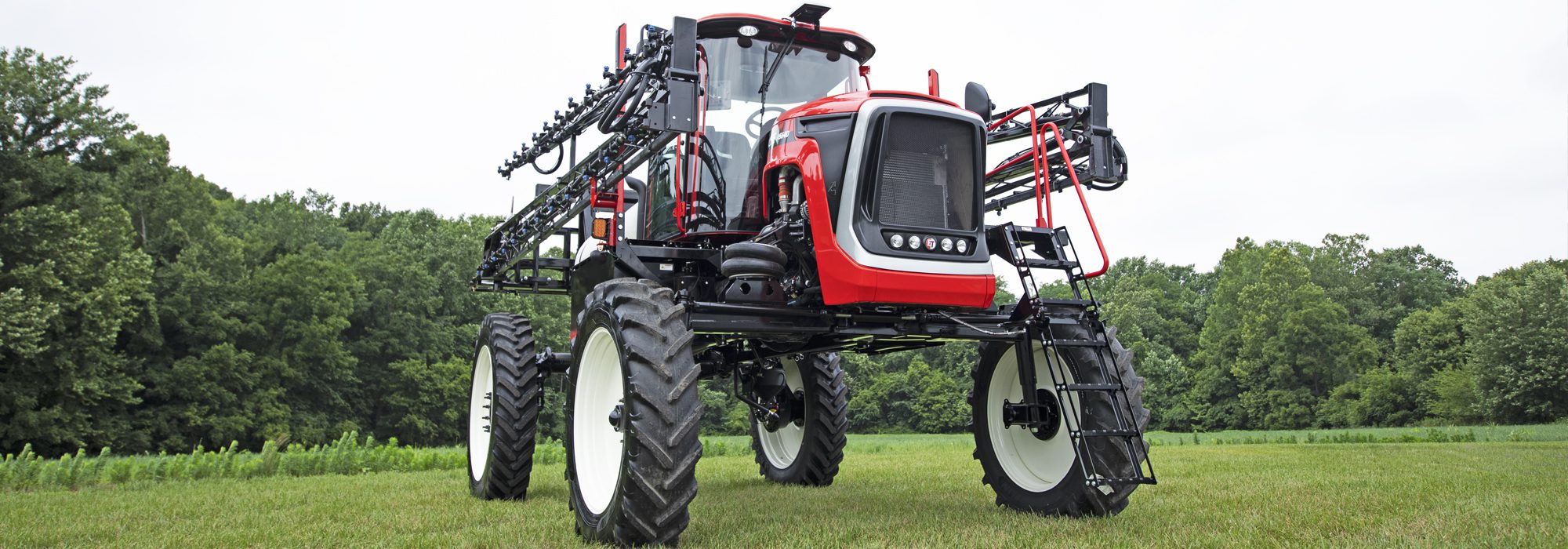
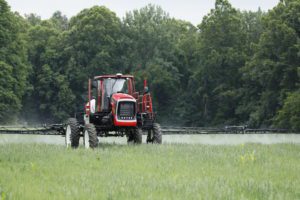
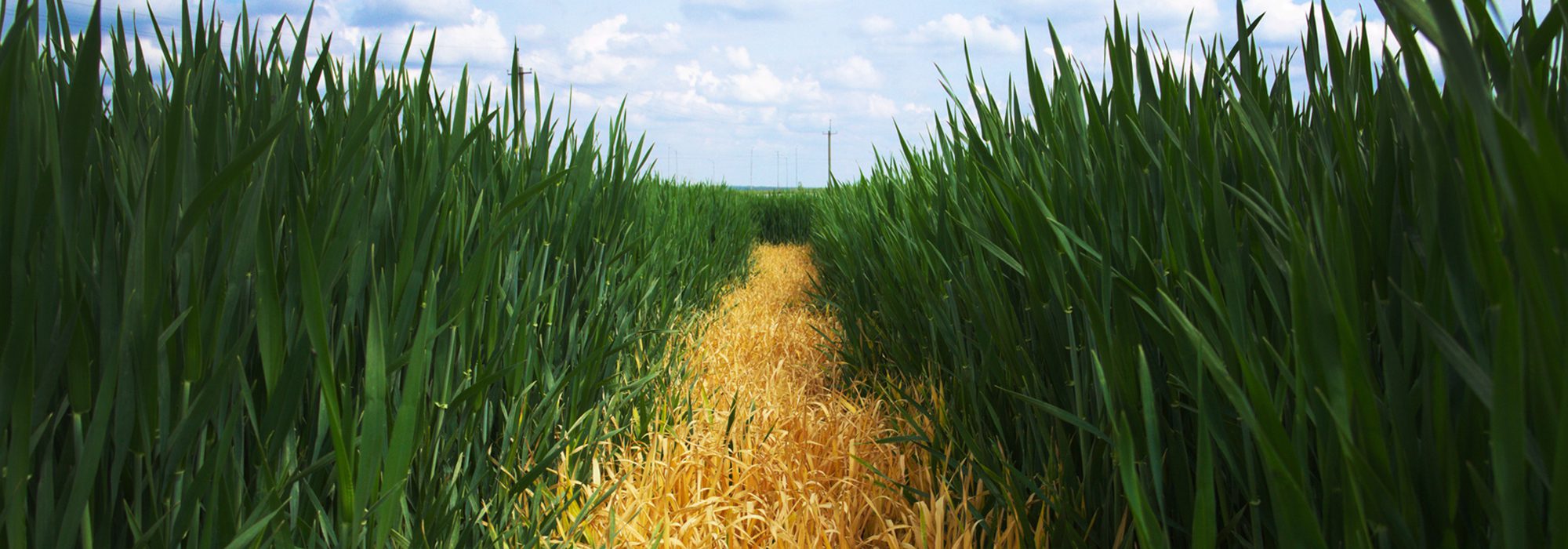
Stay Connected
APACHE eNEWSLETTER
Sign Up